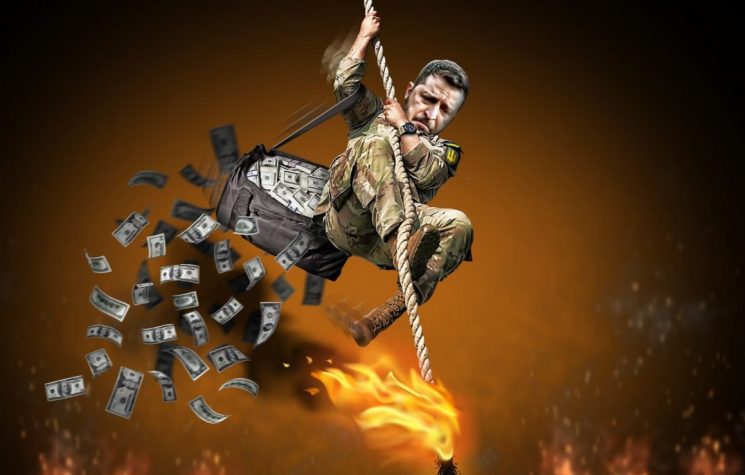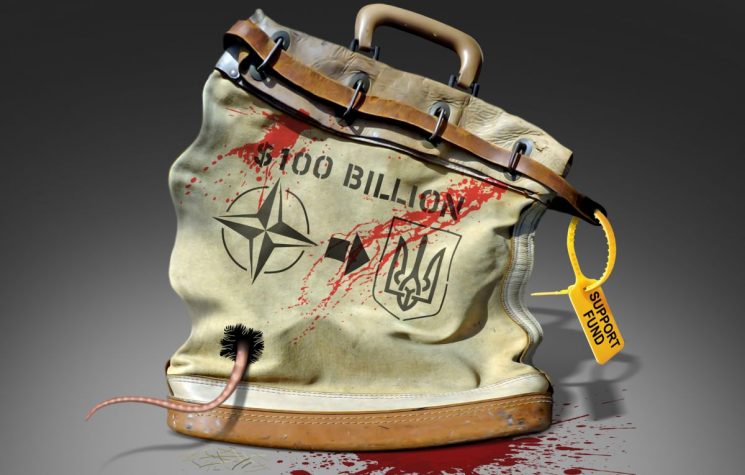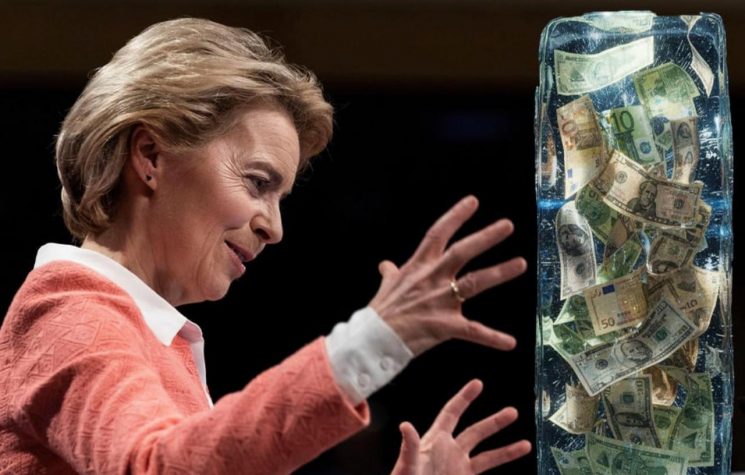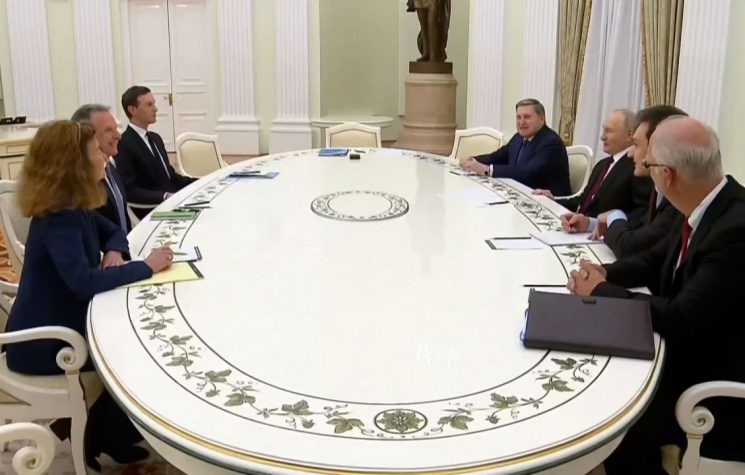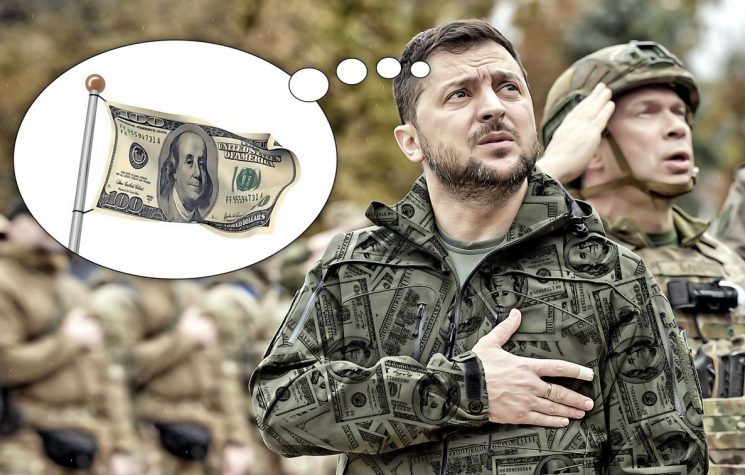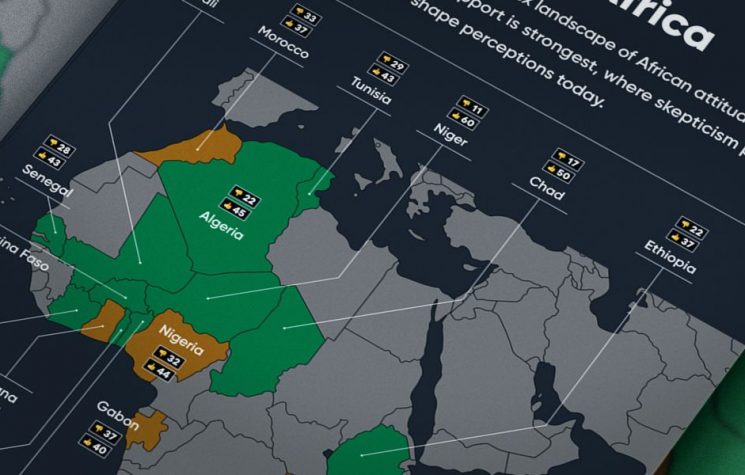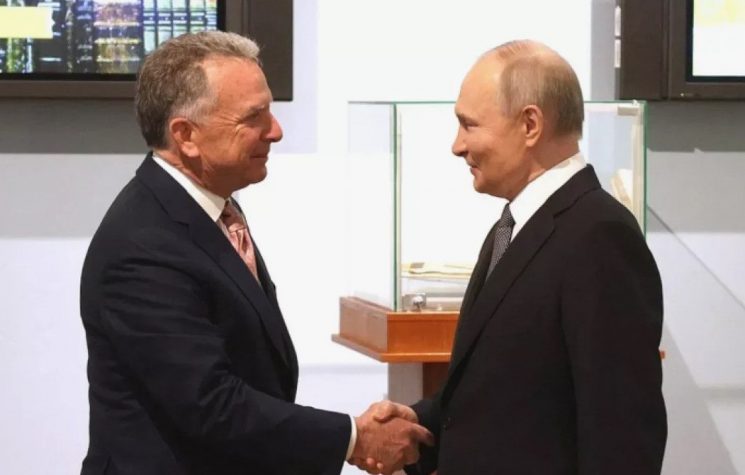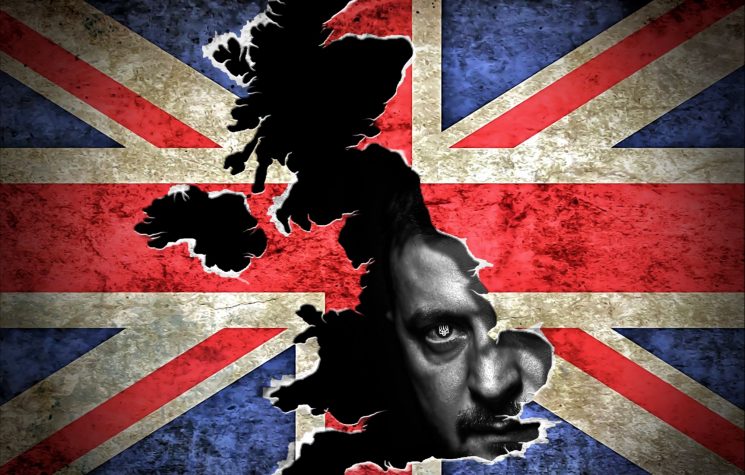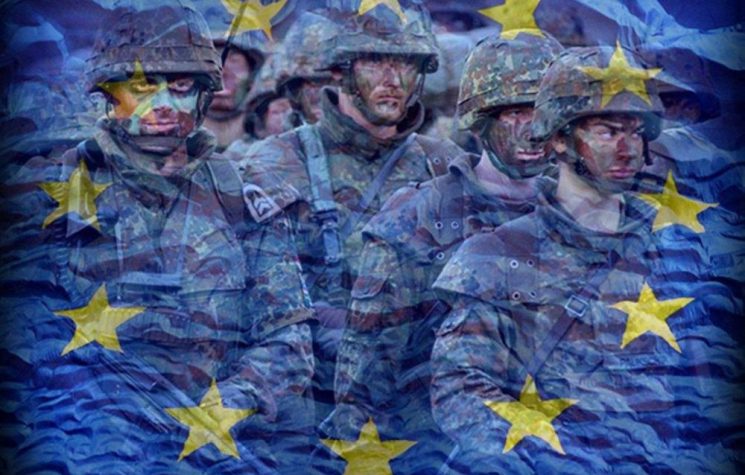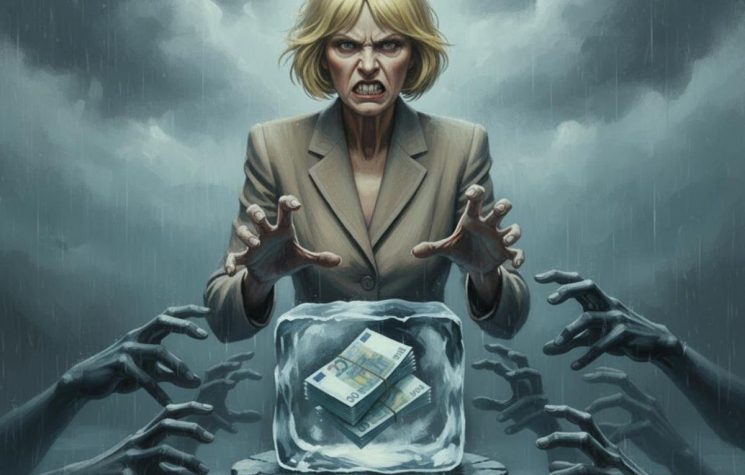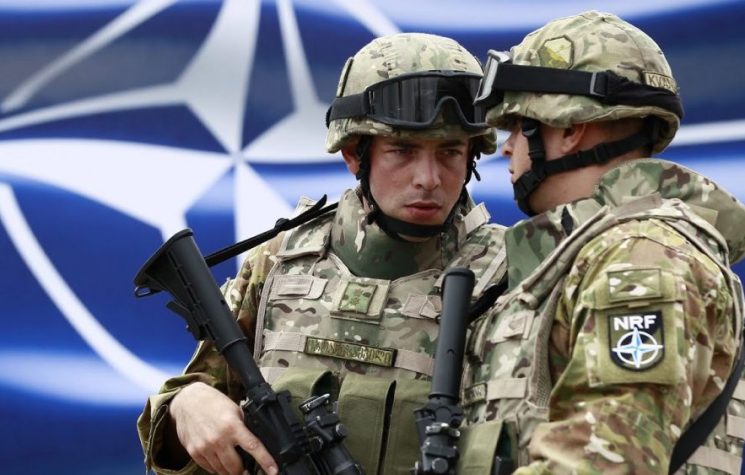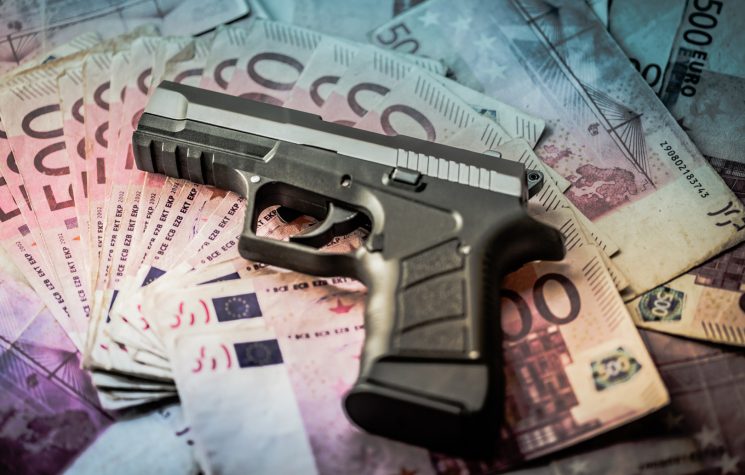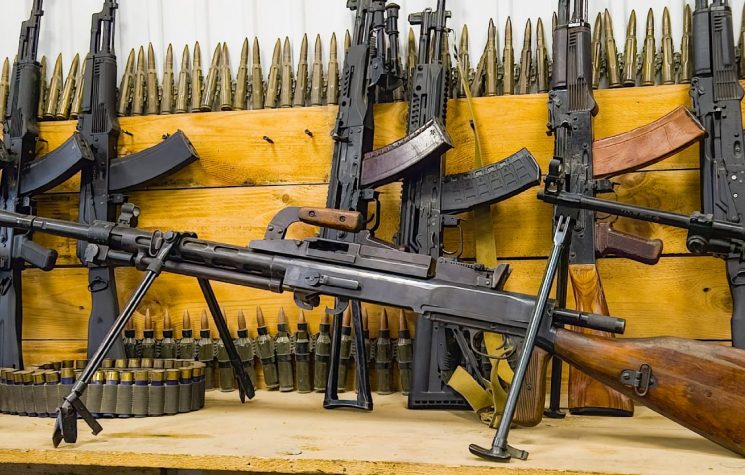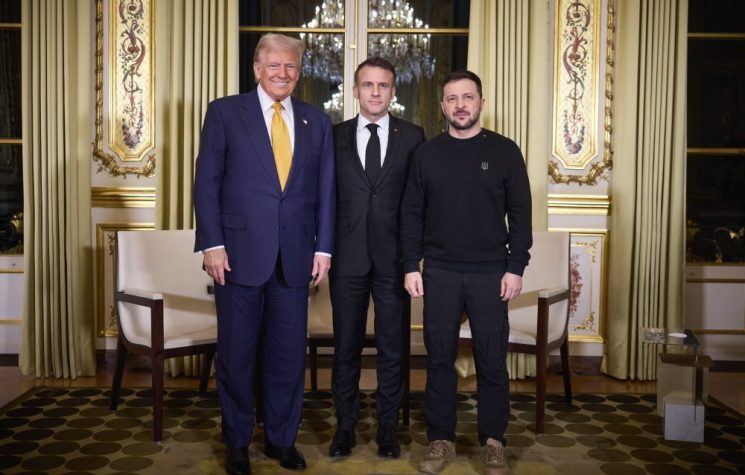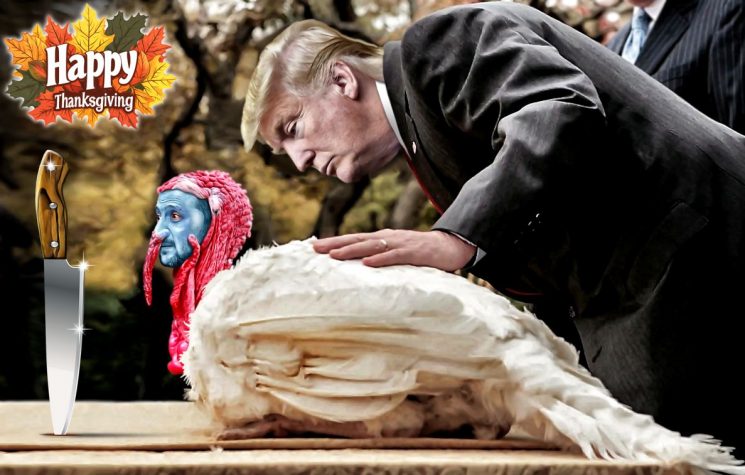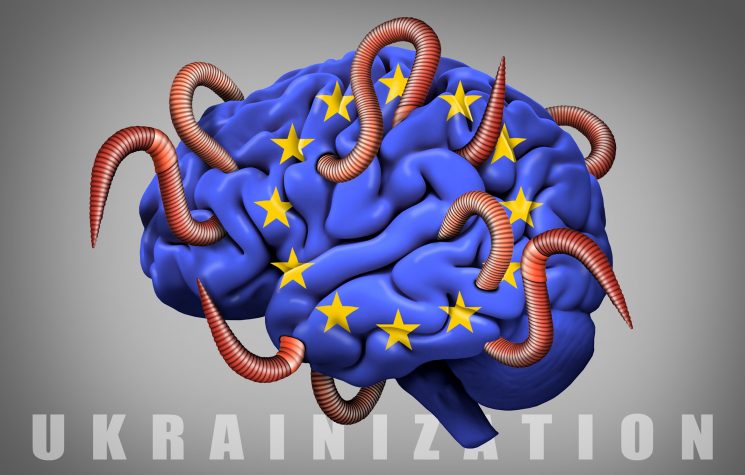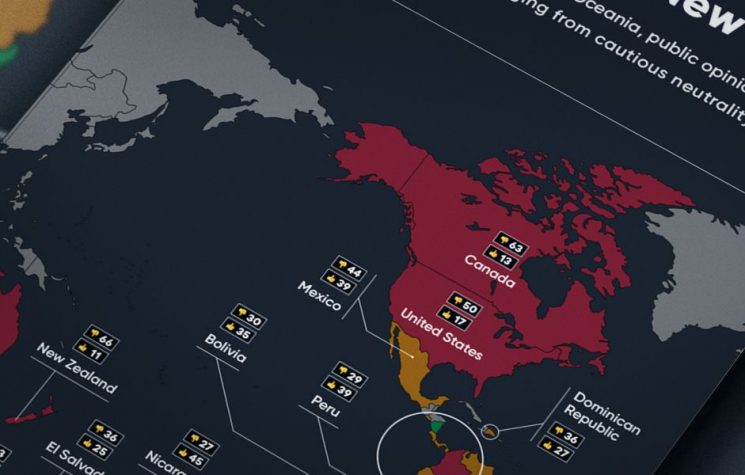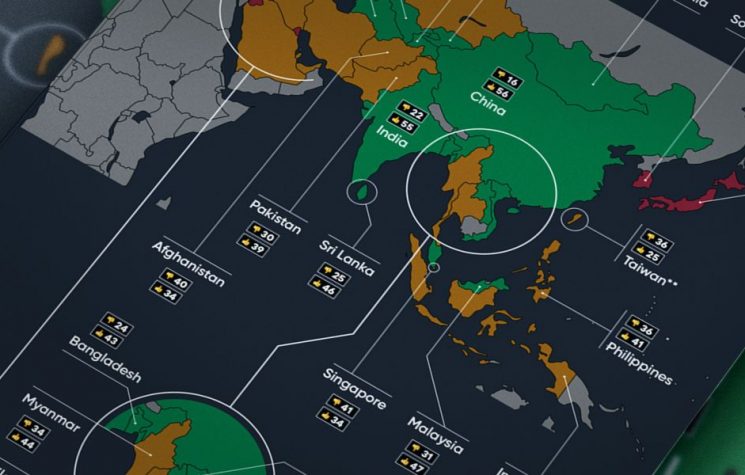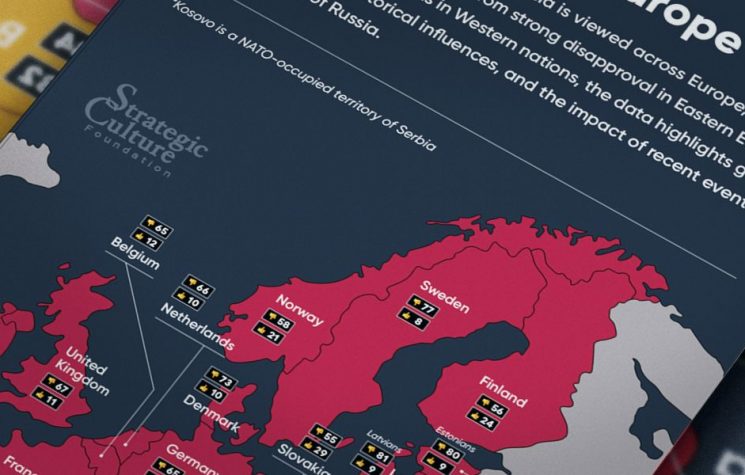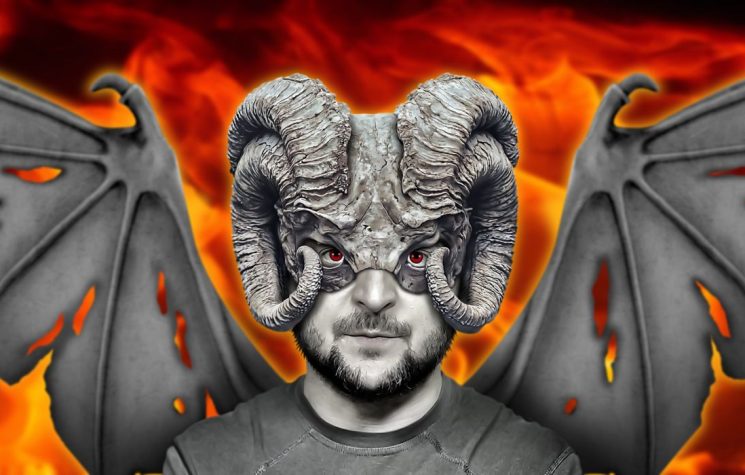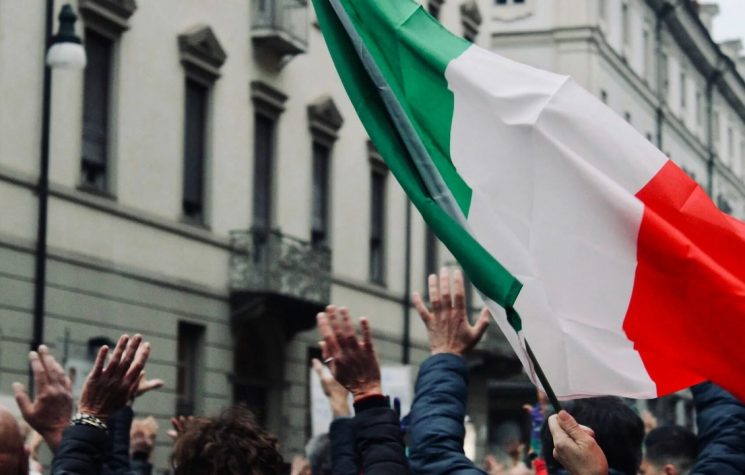Absolving Zelensky for the state’s dysfunction obscures the suffering of those he condemns to war every day.
Contact us: info@strategic-culture.su
The recently released data from the Razumkov Center, covering February – March 2025, reveals a striking political phenomenon: Ukrainians, seemingly and increasingly, continue to trust President Volodymyr Zelensky, yet they deeply distrust the government, parliament, police, and even the state itself – in most cases, overwhelmingly. This dichotomy suggests an effective strategy of “selective victimization”, where the president is portrayed (and characterized) as a leader fighting against a dysfunctional, inherently corrupt system, thereby escaping the scrutiny that falls on other institutions.
Several methods are used to achieve this, none of them hidden or imperceptible. Everything is done openly, both within Ukraine – through communications from the presidency and mainstream media outlets, many funded by USAID and other Western organizations – and through external reporting from Western media, narratives from governmental institutions that sponsor the Kiev regime are disseminated. This interdependent communication strategy is designed to legitimize the Kiev regime in the eyes of Ukrainians and Europeans, enclosing both in a closed narrative bubble devoid of meaningful external criticism or contradiction.
The fact is, this strategy is highly effective and aims to create a dissociation between the “leader” and other institutions. The Razumkov poll shows that Zelensky maintains high approval ratings – around 57.5% (combining those who “fully trust” him (17.3%) and those who “tend to trust” him (40.2%)) – while the parliament (17.8%) and the government (22.5%) rarely exceed 20-30% trust, based on previous polling periods.
As if hinting at the nature of the regime in today’s Ukraine, the only other entities spared from public disdain – highlighting the effectiveness of war propaganda and the need to sustain a war economy – are the Armed Forces and “volunteers” (read: foreign or domestic mercenaries), which enjoy trust levels above 80%, in stark contrast to civilian and supposedly “democratic” institutions. For a state that claims to be democracy’s last barrier against autocracy, the overwhelming distrust in democratic institutions is hardly a good look. Especially when the president’s term has expired, and when polled on the need for elections, only 22% of respondents consider them necessary. In other words, a “democratic” system where the “people” value an expired-term president, do not want elections, and dismiss the country’s civilian institutions.
Even local authorities, courts, police, and prosecutors fail the trust test. Except for the president, militarized institutions (including former Nazi groups like Azov), the Church, and security services (SBU), all others are viewed extremely negatively, with none reaching trust levels significantly above 50%. Even Ukrainian mass media does not escape criticism, with only 41.2% of respondents saying they tend to or fully believe in it. It is as if the Ukrainian people are being led to blame themselves (teachers, politicians, police, civil servants, journalists…) to highlight the sanctity of those who actually govern them. The entire base and middle layers of the population are pushed into self-sacrifice to preserve the ruling elite.
This trade-off, under which the Ukrainian people take responsibility for all failures while absolving the ruling class – even rewarding actions that condemn them to death – leaves us bewildered. It raises two possible explanations: The Ukrainian state is not a democracy, as it maintains an unaccountable elite incapable of addressing popular needs, while making people believe the fault is their own; or, the Razumkov Center’s polling is unreliable, because in a truly democratic society, people would never blame themselves for the failures of the representatives they elected to solve those very problems. In either case, we must question the real role of the Razumkov Center.
Regardless of the answer, we are clearly dealing with a case of militarism, authoritarianism, and plutocracy, resulting from an alliance between the factions that make up the ruling elite: the presidency (which protects oligarchs and their domestic/foreign sponsors), the Church (used for indoctrination), and security services (used to spy on, persecute, and harass the population). It would hardly be surprising if respondents feared answering certain questions, given the climate of intimidation, terror, threats, and mass surveillance in Ukraine. Merely speaking Russian can lead to criminal charges; questioning the war’s continuation or criticizing the army and security services can result in immediate arrest.
The tools used to craft a lenient narrative for the man ultimately responsible for the country are well-known. The war narrative, where Zelensky positions himself as the “commander-in-chief” of resistance – adopting attire reminiscent of 20th-century guerrilla revolutionaries (a profound philosophical contradiction when adopted by a Zionist, neoliberal, Bandera-style nationalist) – while the government and parliament are associated with pre-war bureaucracy and corruption, is one of the most common communication strategies. The president who defends the country is undermined by the corrupt powers of a Ukraine that refuses to change despite his will. How often have we heard Ursula von der Leyen say that “Ukraine must change”?
Such victimization is only possible because we are witnessing an unprecedented centralization of political power in Ukraine’s short history, to the point where Zelensky passed a law banning any negotiations with Russia, convincing everyone – even leveraging European and American think tanks (like CIDOB in Barcelona) – to pursue a strategy of “making peace through war”. This centralization was achieved by imposing martial law and suspending elections, creating an “emergency shield” or “war shield“, where any policy failure is blamed on war constraints or third-party inefficiency – much like EU governments did during COVID-19 lockdowns, excusing their incompetence and the damage caused by their policies.
Broadly, the victimization strategy ensuring Zelensky’s political survival rests on three rhetorical pillars: “I am fighting a rotten system” – Even as head of state, he distances himself from institutions, blaming them for corruption, inefficiency, or military defeats (e.g., when he scapegoats officials for Russian advances); “War justifies everything” – Allowing constant exceptions, narrative shifts, delayed reforms, postponed elections, and redirected frustrations toward “internal enemies” (e.g., Poroshenko or Zaluzhny); “The West is slow, but I am the face of resistance” – The “freedom ambassador“, where Zelensky capitalizes on international sympathy while blaming others (US, EU) for delayed arms deliveries.
The data confirms a blame-shifting mechanism. For instance, 75% of Ukrainians (2023-24 data) approve of Zelensky’s wartime leadership, while only 23% trust parliament (Razumkov Center). Even now, the latest polls show the same trend. There is a representation crisis, but it primarily affects political parties rather than the president – not even his own “Servant of the People” party is spared. Finally, there is a crisis of trust in justice, with police, courts, prosecutors, and anti-corruption units scoring abysmally, while the omnipotent Zelensky escapes negative evaluation.
This paradox – of an all-powerful president fighting against internal and external evil forces, so great that he achieves nothing, yet so mighty that he remains unchallenged – is typical of regimes, as described in “The Politics of Dictatorship“. Applying its categories (personality cult, historical victimization, religious alignment, selective accountability, legal manipulation (emergency laws), PR campaigns, militarism, surveillance, etc.), we quickly see that they are also present in the Kiev regime – one where problems persist indefinitely, yet rivers of money are spent on propaganda sanctifying the regime’s figures: the president, the Ukrainian Church, and the “security” services.
A sort of what Salazar did in Portugal with the trinity of PIDE, Church, and Empire. We cannot speak of a “God, Homeland, Family” ideology here, as it would be absurd for a figure who sells the country to BlackRock, succumbs to the neocolonialism of Biden and Trump, and promotes wokeism as propaganda for Europe’s urban youth to use patriotism and family as symbols. Zelensky is more farce than tragedy, recalling the maxim attributed to Engels.
But let us not think that Zelensky’s power and image are legitimized only from within. The EU, NATO, and the US are perhaps the biggest contributors to his personality cult, promoting – from the outside – a sanctified image of the Kiev regime’s leader.
They not only present him as the symbolic leader of European resistance but also give him constant visibility in Western (framed as “international”) forums, solidifying his position as “the voice of Ukraine” – both abroad and domestically. They seek to establish an unbreakable link between a recovered national pride and the figure of their president, who restores it in the “civilized” West – the same West that so values and welcomes him. This reception is consistently accompanied by emotional language, where “leaders” like von der Leyen or Charles Michel reward him with terms like “courage,” “sacrifice,” and “fighting for Europe”, associating Zelensky with transcendent values above traditional politics – those very “European values.”
Simultaneously, they exhaustively portray Ukraine as a victim and its president as a martyr yet relentless fighter. The symbolic image of “David vs. Goliath” is constantly invoked while aggressively minimizing or omitting reports on Ukrainian corruption or governmental dysfunction. Instead, they focus obsessively on supposed “suffering,” favoring images of Zelensky in war zones (battlefronts, funerals), reinforcing the idea that he “shares the people’s sacrifices” – unlike traditional politicians. As we’ve heard repeatedly from Western officials, they admire Zelensky for “not fleeing Kiev,” for “staying in the country,” and for “never hiding.” Yet, they say this without proof that he actually did so. The goal is clear: to construct an infallible, heroic, superhuman image of a leader who, in reality, is deeply flawed – starting with his presence in the Pandora Papers.
The EU also engages in selective amnesia, conspicuously hiding Kiev’s deeply negative acts – whether affecting EU member states or their peoples – such as when Zelensky sabotaged European gas supplies via the Druzhba pipeline or, more recently, blew up the Sudzha pumping station, ensuring the EU cannot receive gas through that route for at least two and a half years. Who made that choice? Zelensky? The shadowy security agencies operating in Kiev? Or the European peoples? The same applies when the Kiev regime attacks nuclear plants like Zaporizhzhia or carries out terrorist attacks in Russia or Africa. In these cases, the EU remains silent, even as it is deeply discredited before its own people and the Global South.
In the rare instances where Western powers offer faint criticism – about corruption or the need for budget scrutiny – such critiques are usually directed at the government, parliament, or oligarchs, not the expired-term president. This privilege – where Zelensky remains in the shadows during failures (even militarily, NATO/EU tends to blame itself) but takes the spotlight during successes – extends only to him and, through him, the military. All other Ukrainian institutions get the opposite treatment: spotlight on failures, obscurity on successes.
This communication strategy is then replicated by domestic media, which is heavily dependent on external funding, including from the EU. When the EU praises Zelensky, Ukrainian press (e.g., Ukrainska Pravda, Kyiv Independent, state channels) uses those statements as proof of his internationally recognized leadership, discouraging domestic criticism.
Another method to immunize or sanctify Zelensky’s image is when European media contrasts “heroic Ukraine” with “aggressor Russia” – but also, subliminally, Zelensky (the democrat) vs. Ukrainian political elites (the “old guard”). This pre-reflexive, emotional communication echoes among the population, justifying distrust in the government and parliament – but, paradoxically, not as much in the supreme leader. It’s as if Zelensky is the most beloved leader, the kind the West often ridicules in others who are far more defenseless, unsupported, or victimized.
This attitude traps the Ukrainian people in a psychological prison, a form of blackmail. If the EU treats Zelensky as the only valid interlocutor, Ukrainians internalize the idea that questioning him could weaken the country before its allies and strengthen its enemies.
This strategy, however, does not last forever. The truth is, even Zelensky no longer enjoys the same approval ratings as before. A year ago, the expired-term president still had 70% approval (peaking at 91%). Today, he stands at 57.5% (with 40.2% saying they “tend to trust” him). And let’s not overlook that the Razumkov Center is EU-funded (via Horizon Europe), which undoubtedly influences outcomes. We all know how and where to conduct polls to get desired results – a technique neither invented nor ending in Ukraine.
War fatigue, caused by deteriorating military conditions, forced conscription, and the despair of mothers and wives losing their loved ones; the lack of alternatives, tied to the absence of elections (preventing political renewal but also crystallizing discontent – which may explode post-war); and the oligarchy’s expertise in demonizing revolutions (when revolutionary acts are merely the channeling of despair into struggle) all point to a looming crisis.
As seen in Georgia, Moldova, Slovakia, Bulgaria, Armenia, and Hungary, recent protests and political shifts prove that the “war curtain” does not last forever. When problems drag on and living conditions deteriorate daily, populations revolt. It’s no secret that Imperial Russia’s wars heavily contributed to the 1917 Bolshevik Revolution. Over a century later, the West is clearly entering another pre-revolutionary period, from which only those who prioritize their people will emerge unscathed. Otherwise, they shouldn’t blame revolutionaries or revolutions – or the latent violence born from decades of unrelenting suffering.
The oligarchy excels at demonizing revolutions, but revolutionary acts are merely the redirection of despair into struggle – using that energy to change a world accelerating toward the abyss. When that day comes, they shouldn’t blame the victims after spending years excusing the guilty. Ukraine itself is proof enough.
This paradox of trust in Ukraine is nothing more than the result of what I’ve described. Absolving Zelensky for the state’s dysfunction, beyond disregarding his accountability and democracy itself, obscures the suffering of those he condemns to war every day – whether the war of weapons or the brutal struggle for survival in a country he has doomed.











